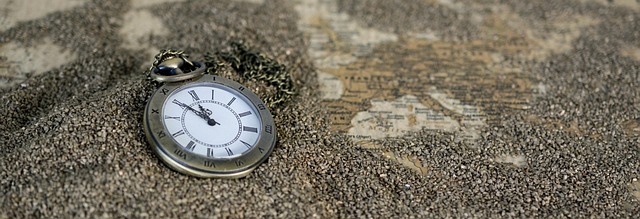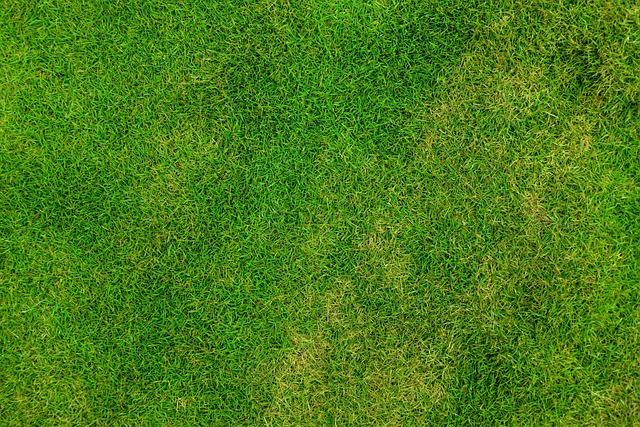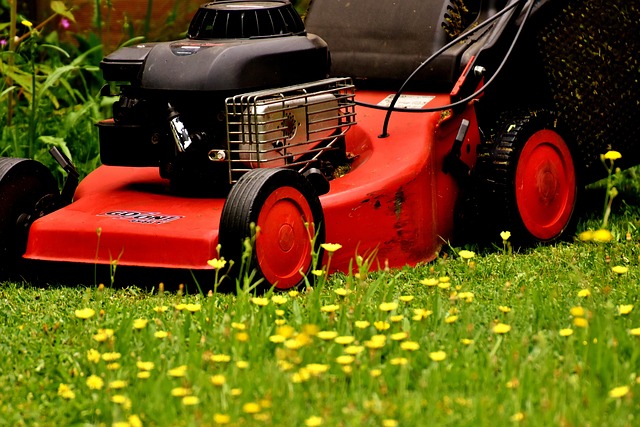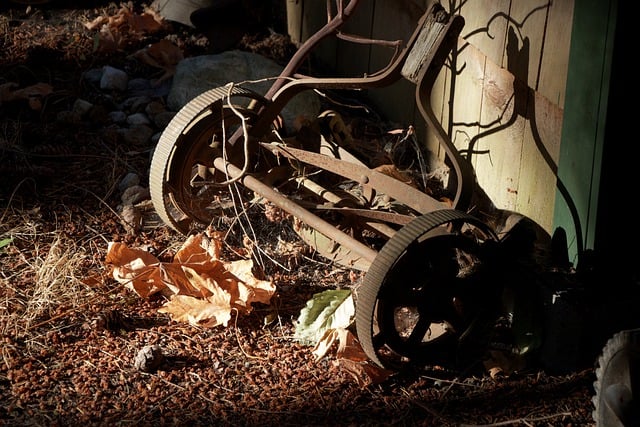Lawn care is a Lawn Care and Landscaping cornerstone that transforms outdoor spaces into vibrant oases, combining aesthetics with ecological benefits. Regular mowing, watering, fertilizing, and pest control maintain grass health and surrounding vegetation. This supports wildlife habitats, improves air quality, and mitigates water pollution, while enhancing curb appeal and property value. Professionals tailor care to lawn types like Kentucky Bluegrass for temperate regions or Bermuda Grass for hotter climates, ensuring year-round resilience and vibrancy through strategic practices.
Landscaping design is an art that transforms outdoor spaces into functional, visually stunning oases. This comprehensive guide delves into the heart of landscaping, focusing on lawn care as a fundamental pillar. We explore how proper lawn care enhances overall landscape beauty and health. From understanding diverse lawn types to mastering maintenance practices, you’ll discover essential tips. Additionally, we unveil strategies for crafting dream landscapes, balancing hardscapes and softscapes, and creating vibrant, sustainable oases using diverse textures, colors, and plant life.
- Understanding Lawn Care and Its Role in Landscaping
- – The significance of lawn care in overall landscaping
- – Types of lawns and their unique requirements
Understanding Lawn Care and Its Role in Landscaping
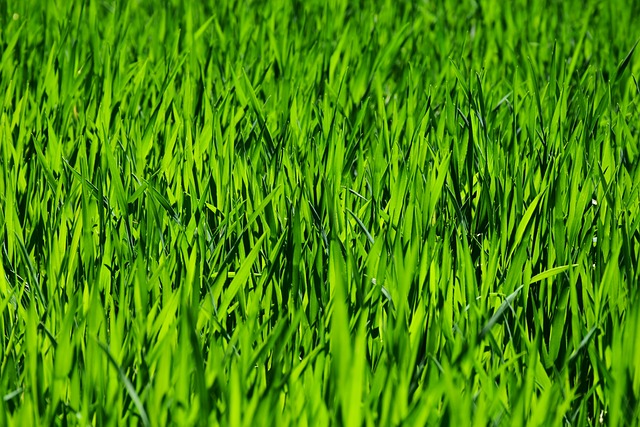
Lawn care is an integral component of landscaping design, playing a pivotal role in transforming outdoor spaces into lush, vibrant oases. It involves a range of practices aimed at maintaining and enhancing the health and appearance of grass and surrounding vegetation. From regular mowing and watering to fertilizing and pest control, these activities lay the foundation for a beautiful and functional landscape.
Effective lawn care not only contributes to the aesthetics of a property but also supports the overall ecological balance. A well-cared-for lawn provides a healthy environment for local wildlife, improves air quality by producing oxygen, and helps mitigate water pollution by absorbing excess runoff. In landscaping projects, prioritizing lawn care ensures that investments in design are complemented by robust, sustainable practices, creating outdoor environments that thrive over time.
– The significance of lawn care in overall landscaping

A well-maintained lawn is not just an aesthetic addition to a landscape; it plays a pivotal role in the overall success and beauty of your outdoor space. Lawn care is an essential component of landscaping design, as it transforms raw land into a lush, inviting environment. Regular mowing, fertilizing, and watering not only keep the grass healthy but also contribute to its density, ensuring a robust and vibrant lawn that serves as a backdrop for the entire landscape.
In the realm of landscaping, lawn care provides a foundation for other design elements. A neatly trimmed lawn enhances curb appeal and creates a balanced canvas for planting flowers, shrubs, or trees. Moreover, it offers a space for recreation and relaxation, making your outdoor area more functional and enjoyable. Effective lawn care practices, when combined with thoughtful landscaping design, can create a harmonious environment that adds value to your property and provides a sense of pride in its upkeep.
– Types of lawns and their unique requirements
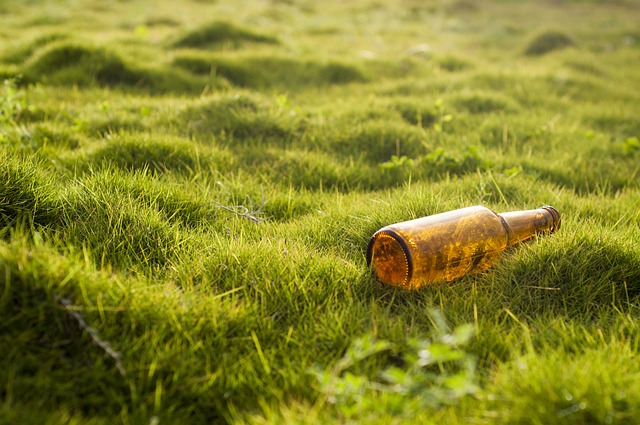
Lawn care and landscaping are integral parts of creating an inviting outdoor space, with various lawn types offering distinct aesthetics and maintenance needs. From lush, verdant grasses to low-maintenance alternatives, understanding these variations is key to successful lawn care and landscaping practices. Cool-season grasses like Kentucky Bluegrass and Fescue thrive in milder temperatures, making them ideal for regions with four distinct seasons. These lawns require regular watering during warmer months and a balanced approach to fertilization for optimal health.
Warm-season grasses, such as Bermuda or Zoysia, are popular choices for those seeking durable, low-maintenance lawn solutions. They excel in hot, dry climates and can withstand heavy foot traffic. While these varieties may not need as much water as their cool-season counterparts, they still require occasional deep watering to encourage deep root growth. Regular mowing and a tailored fertilizer program ensure their resilience and vibrancy throughout the year, enhancing the overall landscape design.
Incorporating effective lawn care practices into your landscaping design is a key component for achieving a vibrant, healthy outdoor space. Understanding the specific needs of different lawn types allows for tailored care, ensuring your lawn becomes a striking centrepiece of your landscape. By balancing proper mowing, fertilizing, and watering techniques with thoughtful design considerations, you can create a beautiful, low-maintenance lawn that enhances your property’s overall allure. Thus, recognizing the symbiotic relationship between lawn care and landscaping is essential for achieving a thriving and visually appealing outdoor environment.



